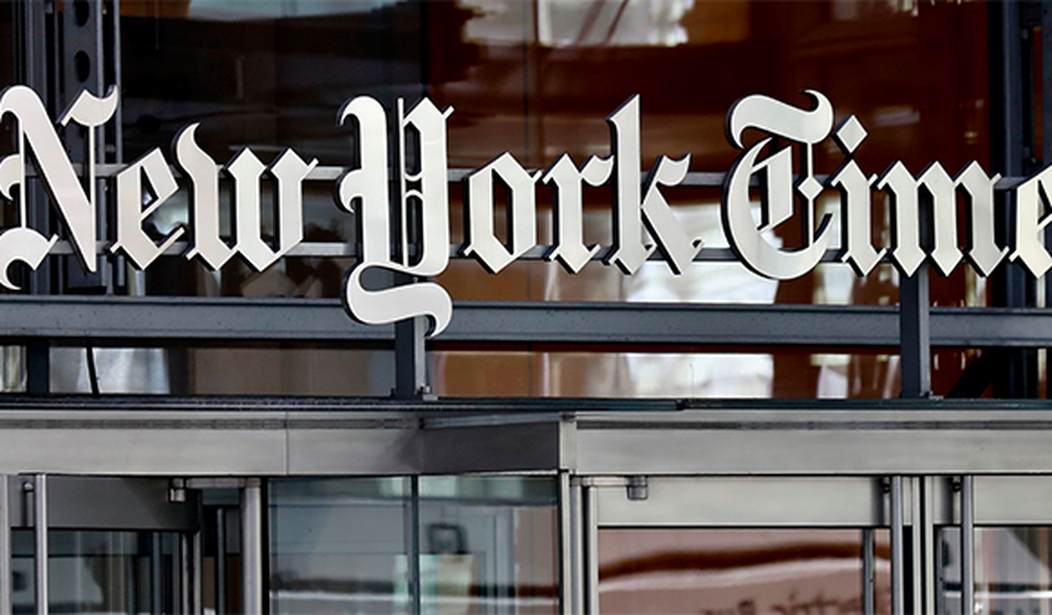Journalism and the Constitution are greatly intertwined. Our Bill of Rights explicitly protects the right of the ‘press’ to operate and our founders believed that a vigorous media was essential for government accountability. But who watches the watchdogs?
Last fall many Americans were aghast by the actions of Big Tech and the mainstream media which pushed a false narrative about Russia’s role with Hunter Biden’s laptop and simultaneously quashed all contrary reports implying that it would be libelous to do so.
Washington policymakers of all political stripes have publicly questioned whether social media platforms like Facebook and Twitter should be liable for what they “publish” or allow to be splashed across their pixelated webpages and for what they refuse to allow. Congress has held hearings. More are expected.
Late last year conservative activist Candace Owens threatened Facebook and USA Today over attempts to malign her tweets as false. And now there are members of President Trump’s post-election legal team who are either in courts accused of libel and defamation for election-related statements or have been threatened with such. The litigants have promised a ferocious fight, and you can be sure Twitter will be ringside.
With lawsuits and counter-suits likely, the public is about to take a crash course in the First Amendment, defamation law, and the U.S. Supreme Court’s jurisprudence in New York Times v. Sullivan—a landmark libel and defamation case that has protected news outlets for decades, but was openly questioned last month by Judge Silberman of the D.C. Circuit Court of Appeals. Judge Silberman’s dissent in a routine libel case slammed the Sullivan ruling as “a policy-driven decision masquerading as constitutional law,” and echoed Justice Clarence Thomas’s concern that the case “has no relation to the text, history, or structure of the Constitution….”
Recommended
Nervous news executives likely called their general counsels for an explanation.
Decided on March 9, 1964, New York Times v. Sullivan arose during the Civil Rights era and turned on a challenge to Alabama’s libel law. In 1960, the New York Times ran an advertisement asking for donations to help defend Martin Luther King, Jr. against perjury charges. The ad included several undisputed inaccuracies that, if believed, reflected poorly on Mr. L.B. Sullivan, the elected Public Safety Commissioner for Montgomery, Alabama.
Following the libel rules under Alabama law at the time, Mr. Sullivan asked the Times to publicly retract the ad. The paper’s editors asked Mr. Sullivan to clarify his concerns, but declined to retract the ad. So, Mr. Sullivan sued.
The trial judge instructed a jury of Mr. Sullivan’s peers that, in Alabama, the advertisement’s false statements were “libelous per se”—meaning that legal injury could be implied without proof of actual damages so long as the false statements were published and related to Mr. Sullivan. The jury awarded Mr. Sullivan $500,000 in damages. The Times appealed the award to the Alabama Supreme Court and lost.
Predictably, the Times appealed to the United States Supreme Court, with liberal Chief Justice Earl Warren at the helm. The Supreme Court took the case to answer the extent to which the First Amendment limits a State’s power to award damages for libel against critics of a public official’s conduct. Justice William Brennan – one of the court’s most extreme leftists – wrote for a unanimous Court in ruling for the Times that Alabama’s libel law unconstitutionally infringed on the First Amendment’s protections.
Framing the advertisement at issue as inherently political speech afforded the most robust protection, Justice Brennan explained: “The present advertisement, as an expression of grievance and protest on one of the major public issues of our time, would seem clearly to qualify for the constitutional protection. The question is whether it forfeits that protection by the falsity of some of its factual statements and by its alleged defamation of respondent.” All nine justices held it did not.
The landmark ruling announced that a public official seeking damages for defamation must prove “actual malice”—that is, not malice in the ordinary malicious sense, but that the defamatory statement was made with knowledge that it was false or was reckless in publishing it without first investigating its veracity. Upon then reviewing the evidence, the Court found insufficient evidence that the Times had published the controversial ad with such malice.
While premised on a “political ad,” the New York Times v. Sullivan’s “actual malice” standard has guided defamation law since then including cases where the media organ speaks directly such as when the New York Times editorialized that Sarah Palin had incited a mass shooting attack.
It is not without critics however. Justice Thomas, for example, has called the “judge-made rule of law” in Sullivan an “almost impossible” standard for plaintiffs to meet. And Judge Silberman’s most recent dissent questioning the legal merit of the rule may prompt more federal courts (including the Supreme Court) to reconsider its wisdom.
Whether or not the High Court chooses to engage, there is a real question of how democracy thrives in a media environment where leftists in the media make scurrilous claims about conservatives and the same media simply ignores legitimate charges against their progressive allies. Our founders assumed that the media would take its role as watchdog seriously, not become a cheerleader for one side over the other. Can a constitutional protection endure when it only protects one side of the debate?
Horace Cooper is a senior fellow with the National Center for Public Policy Research

























Join the conversation as a VIP Member